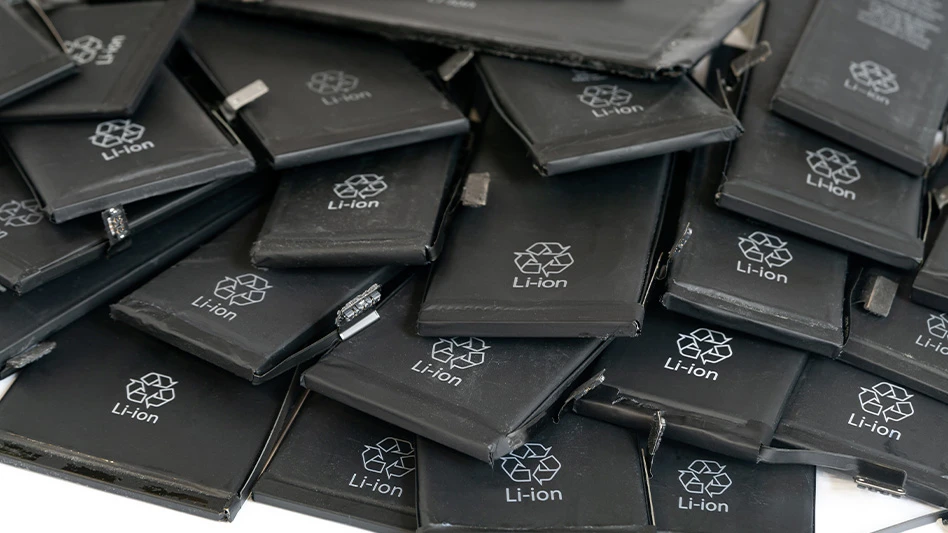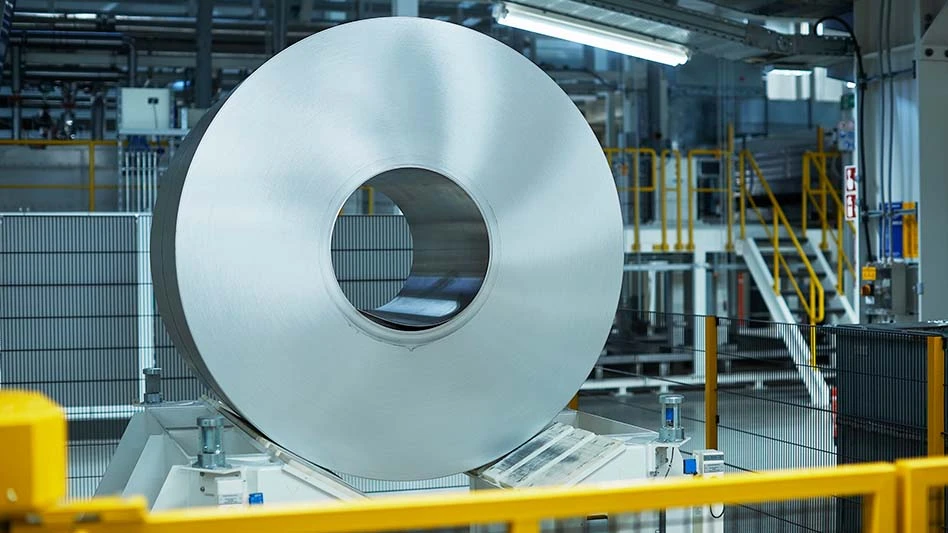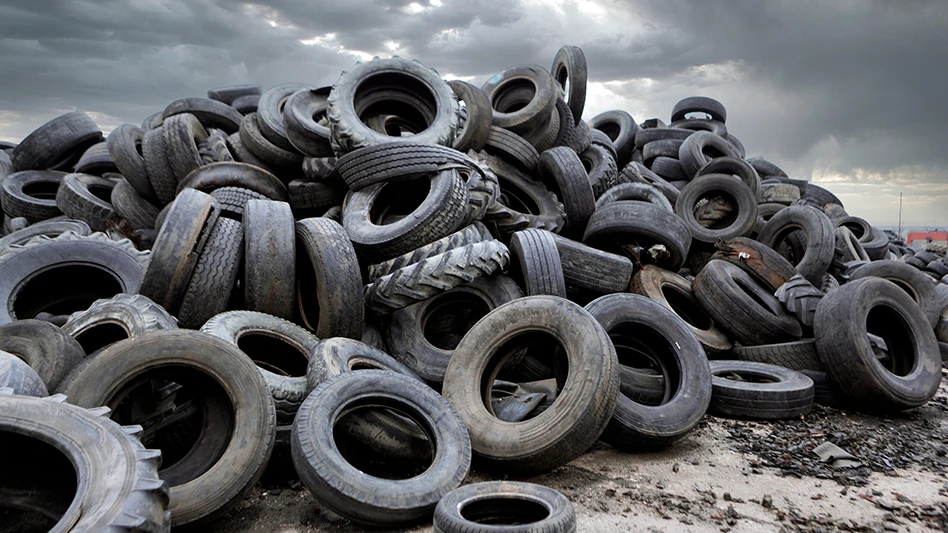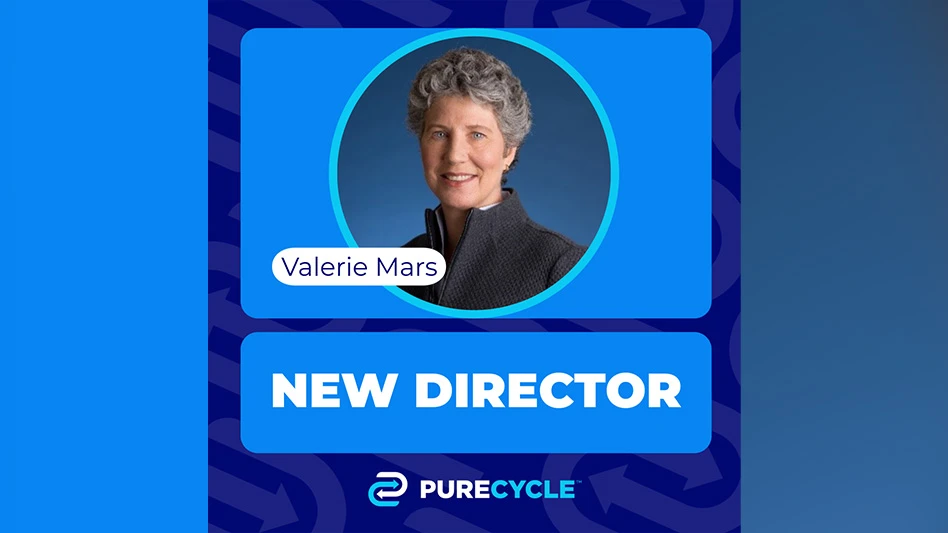
© Kyolshin | Dreamstime.com
States across the country increasingly are developing extended producer responsibility (EPR) legislation for packaging. Lawmakers in Maine and Oregon passed EPR legislation in 2021, and most recently, Colorado Gov. Jared Polis signed House Bill 22-1355 into law to establish a statewide recycling system that aims to boost recycling rates for plastic, aluminum, glass and paper in the state. Dozens of other EPR bills have been proposed in other states as well.
While only three states have passed EPR legislation for packaging to date, EPR systems for packaging have existed for more than 30 years in parts of Europe. With Europe's long history of EPR systems for packaging, Multinational consumer brand companies can provide EPR success stories that U.S. brands can learn from as more EPR bills are introduced in this country.
According to Boston-based Product Stewardship Institute (PSI), some European consumer brands have redesigned packaging to be reusable, recyclable, made with recycled content and circular in response to EPR. During a webinar titled EPR Masterclass – EPR Packaging Redesign Success Stories, PSI, along with representatives from a European institute and several consumer brands, shared a few examples of how brands have responded to EPR in Europe and what factors influenced them most to change packaging design to make it more recyclable.
Design for recycling drivers
Kennisinstituut Duurzaam Verpakken (KIDV), which is the Netherlands Institute for Sustainable Packaging, aims to reduce the environmental impact of packaging across the entire packaging value chain. The institute works with companies to provide knowledge and tools to deploy more sustainable packaging designs.
During the webinar, Karen van de Stadt, sustainable packaging expert at KIDV, shared that the institute also advises companies on EPR.
In Europe, Van de Stadt said she has seen the following four incentives drive companies to design recyclable packaging:
- plastic pacts;
- marketing and communications about sustainable actions taken;
- corporate sustainability goals; and
- eco-modulation, which is an approach by which EPR fees are informed by and structured according to environmental considerations and policy objectives in order to increase packaging recyclability and efficient use of materials.
She said plastics pacts—such as the U.S. Plastics Pact, the European Plastics Pact or the Plastics Pact Network—provide companies with goals to keep them accountable to make lasting changes to their packaging designs. She added that corporate sustainability goals as well as communication on sustainable actions companies have taken related to packaging design keep businesses accountable to follow through on packaging design plans. Additionally, she noted that eco-modulation and fees included in EPR schemes drive some businesses to change their packaging designs; however, she said it seems to be less of an influence.
Taking action
Three companies shared work they have done in Europe in response to EPR and designing their packaging for recyclability.
“EPR has been and will continue to be instrumental in organizing and making recycling operational,” said Gabriella Gabelli, director of environmental policy at PepsiCo.
PepsiCo, with global headquarters in Purchase, New York, is working toward a goal to ensure 100 percent of its packaging is recyclable, compostable, biodegradable or reusable by 2025. By 2030, the company aims to reduce the amount of virgin plastic in its nonrenewable sources per serving across its portfolio by 50 percent.
Gabelli said the company also endorsed and helped with The Consumer Goods Forum’s “Guiding Principles for the Ecomodulation of EPR Fees for Packaging” it released in February.
Although the company has had success with improving the design of its beverage packaging, Gabelli said it is a little more challenging when designing food packaging, such as its Walkers Crisps brand. She said that product line requires “serious protection” from oxygen, moisture and UV light to ensure high product quality. She said the company is working to maximize its use of polypropylene in the chip bag to yield higher quality recyclate from the product.
Feliks Bezati, global circular packaging director of McLean, Virginia-based Mars Inc., said EPR schemes are encouraging brand owners to design packaging to increase recyclability and influence recycling infrastructure.
“We have an influence through the EPR fees we pay,” he said. “We also have an influence when it comes to recycling industry. The more we use recycled material, the more we create demand for it. That’s why a few of us [brands] already have committed to use recycled materials.”
Bezati noted that Mars has a commitment to use 30 percent recycled material in its packaging by 2025. He added that the company wants to transform its portfolio to feature mostly monomaterial packaging in the future as well as a way to increase recyclability.
Additionally, some companies, such as Cincinnati-based Procter & Gamble, are transitioning from virgin plastic to paper packaging or packaging that includes postconsumer resin in response to plastic taxes in some European countries.
“If there is a plastic tax, you may compensate that by using recycled material or completely changing your material,” said Jürgen Dornheim, director of corporate packaging innovation and sustainability at Procter & Gamble. He said Procter & Gamble has transitioned from using low-density polyethylene packaging for some of its Always menstrual hygiene products to paper packaging as an example.
He concluded that packaging design changes need to be made by top-level brand managers. “Change starts with the decision-making process,” Dornheim said. “Top management has to make this decision.”
Latest from Recycling Today
- PACK Act introduced to Congress
- HJHansen Recycling Group takes controlling interest in HJM Recycling Køge
- Tariff opposition in US turns up volume
- Paprec acquires metal recycling assets
- Komatsu debuts hybrid-powered excavator
- Ford pivots away from EVs
- McNeilus to showcase advanced refuse, recycling technology at CES 2026
- Greyparrot report highlights improving recycling efficiency





